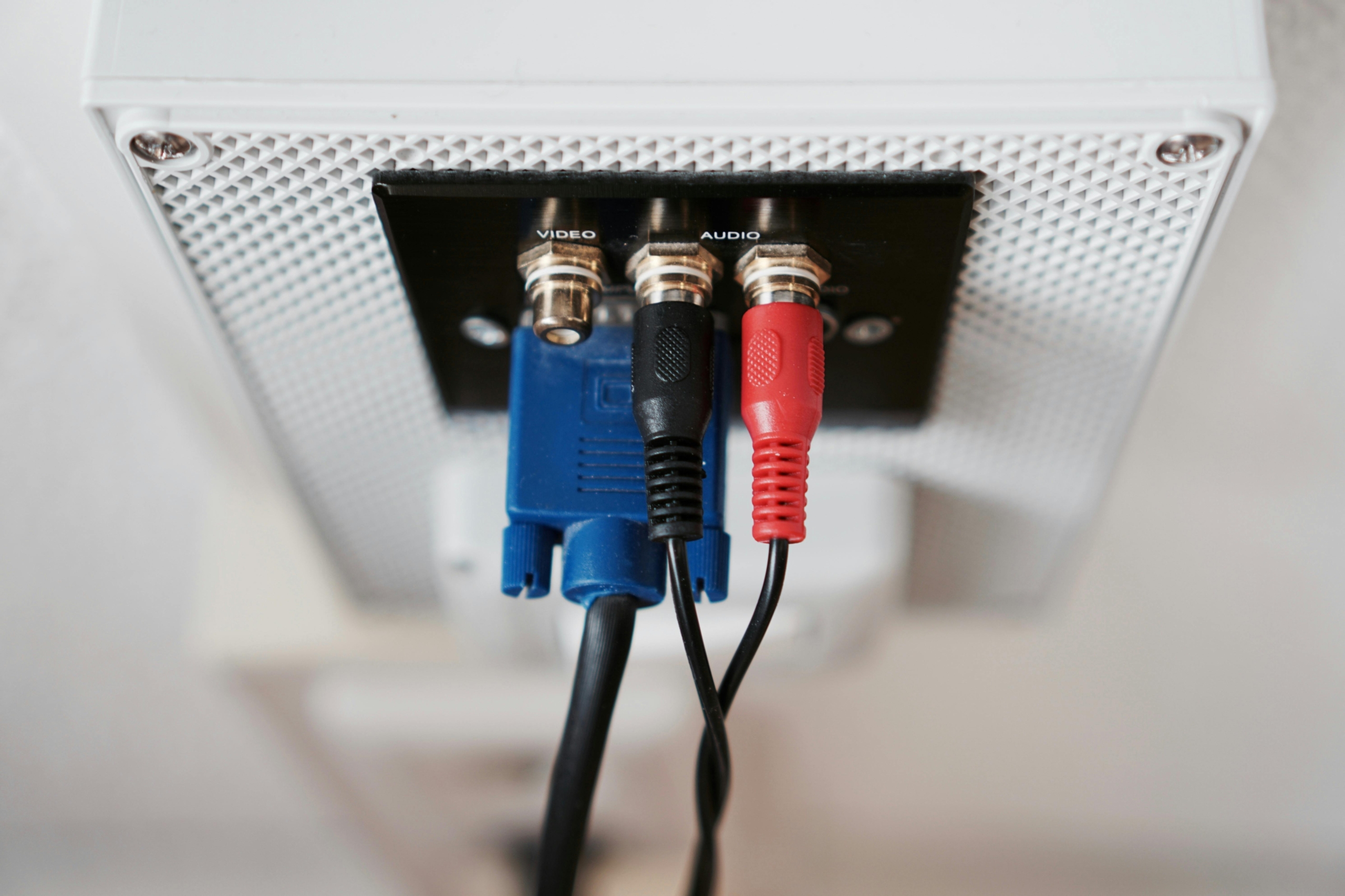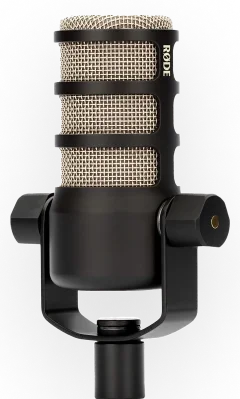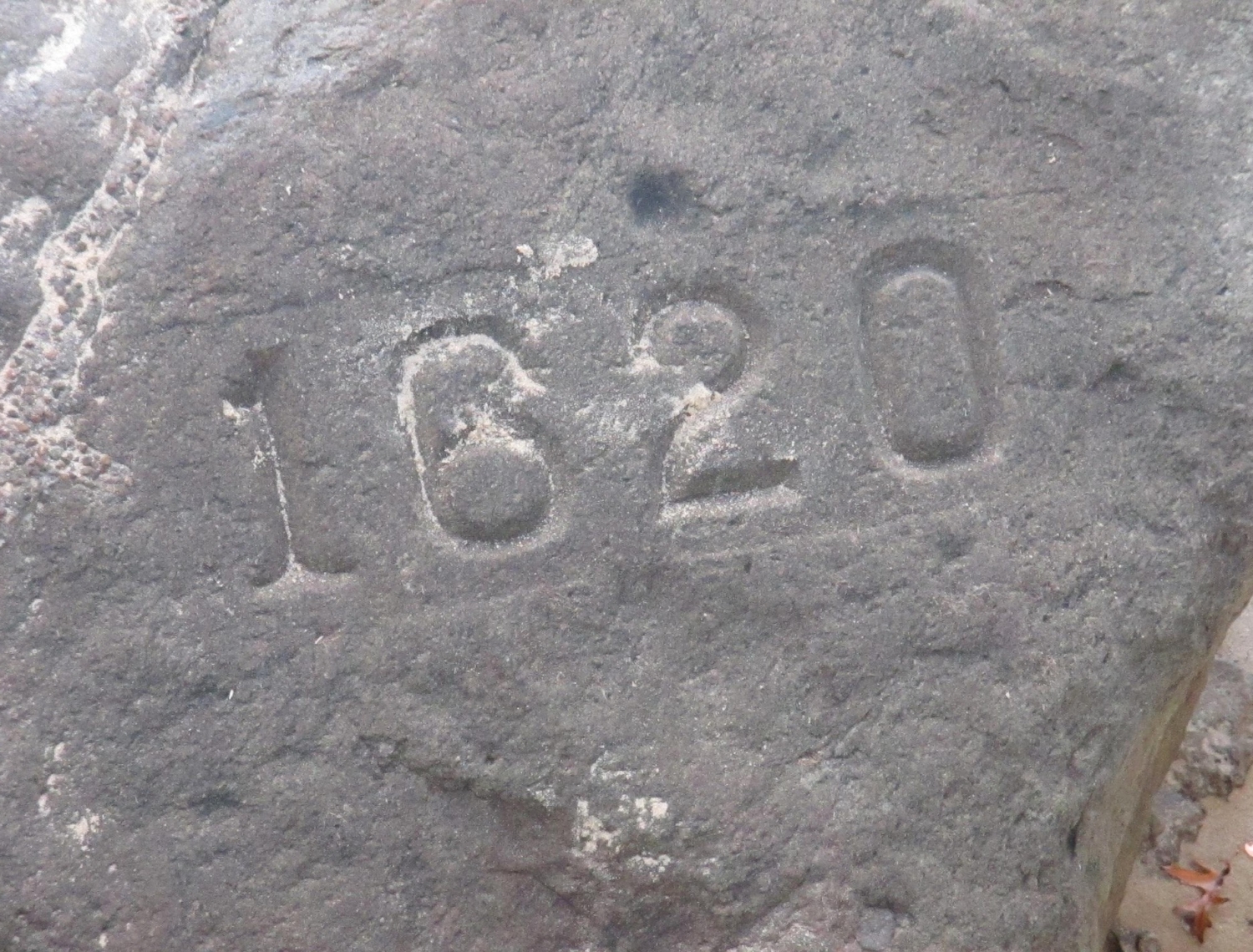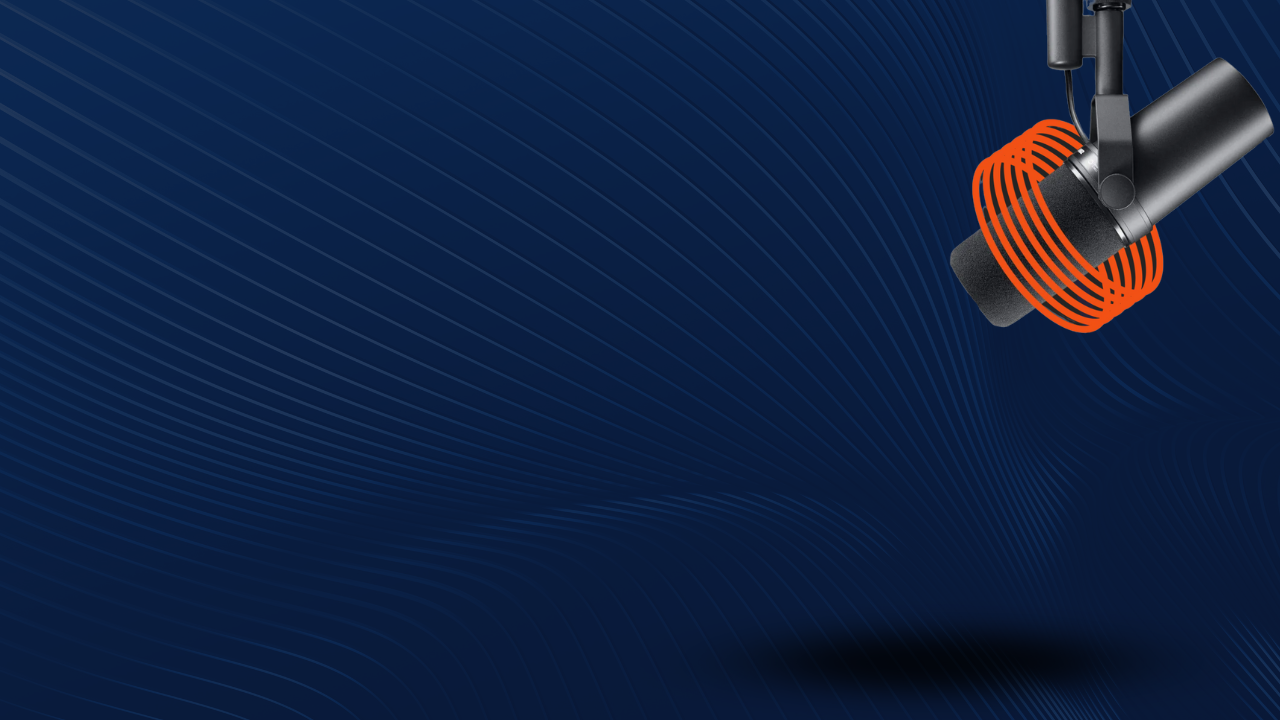Before we get started, I would like to direct your attention to friend-of-the- podcast Steve Pratt, author of the excellent new book Earn It, who has posted An Open Letter to Tom Webster. The piece takes me to task for being such a crap marketer of my own new book The Audience is Listening. Give it a read at The Creative Business newsletter.
Last week, I gave attendees at Advertising Week in New York a sneak preview of this research, which I’ve been champing at the bit to share with you here. This week, the show is about audio AND video. In our recent project, The Podcast Landscape 2024, we asked over 5,000 American consumers 18+ to tell us about their podcast consumption habits, including where and how they consume them. We’ve shared a lot in this space about the rise of video (really, the re-animation of video, which has always been a part of podcasting from the beginning), so let’s give audio its due here.
When we ask the weekly podcast audience to estimate how much of the podcast content they consume in a week is video, we got a response that should warm the cochleas of your heart (thank you, I’ll be hear all week):

It turns out that though some of the medium’s newest hits are primarily consumed on video platforms, the majority of podcast consumers listen to mainly audio. In fact, the percentage that watch less than 25% of their podcasts is over three times larger than the percentage who watch 75% or more.
I thought it would be instructive to look at the extremes in this spectrum – the segments that listen to 75% or more by audio, and the segment that watch 75% or more using video. For ease, let’s call them Audio Primes and Video Primes (also the names of two very minor Transformers):

In next week’s newsletter, I’ll take a look at what makes these consumers different, but for this week, I want to focus on just how similar they really are. For starters, the Video Primes lean pretty male (60%), which is unsurprising given the gender lean for YouTube, which is by far the dominant video platform for podcast viewing. The Audio Primes? Well…not a whole lot different.

As a reminder, this “prime” question is based on consumption in the last week to aid respondents’ recollection, and the weekly podcast audience leans more male in general than the monthly audience. It is safe to say that the opportunity to grow the female composition is there for both audio AND video podcasting.
But what about age composition? You might think that the Video Primes would be younger than the Audio Primes, what with all the Reeling and TikTokking the kids are doing. If you thought that, prepare to be surprised:

The Video Prime audience is a little younger, but not much! The mildly surprising thing to me was how comparatively small the drop-off is with the 55+ audience, but I think a lot of that has to do with YouTube, frankly – it’s not that hard to use, and it’s undoubtedly one of the easiest places to find the podcast you want to watch. I’ll say more about this next week, but for a nifty thought experiment, search for a podcast in your favorite audio podcast app, search for the same one on YouTube, and tell me what you see – it’s a radically different visual display. I will leave that with you to marinate on until next week.
This brings me to the stat that truly surprised me about Audio and Video Primes: how long they have been a podcast consumer. As a die-hard listener to podcasts for the last 19 years, I was not surprised to see my fellow Audio Primes have been with the medium for a while now:

In the main Podcast Landscape report, amongst those who had ever listened to a podcast, 17% had discovered the medium in the last six months alone, with another 11% indicating 6-11 months. That’s a total of 28% who have become consumers in the past year – pretty recent!. On the other hand, Audio Primes are much more likely to have been with podcasting for three years or more, and just 7% have discovered podcasts in the last six months. This makes total sense to me. Even though there has been a flood of new video podcast content over the last few years, podcast OG’s largely had audio available to them, until YouTube became such an important player in the space.
So what about Video Primes? Well, you might expect this segment to be much more recent converts to podcasting, but that turned out not to be true:

If anything, Video Primes have been with podcasting even longer. How is this possible? There are four things to keep in mind here. First, the last segment is “More than 5 Years,” and it may be that if we had broken out a sixth segment of “10 or More,” you’d see more of a bump with audio. I doubt that is a huge difference, though – let’s not forget that the number one podcast by far is Joe Rogan, and as hard as it is to believe, the JRE is fifteen years old (GOOD LORD).
The second factor is to remember that Audio and Video Prime definitions were based on the percentage of content consumed in the last week, not the last month or ever. This is necessary to get a decent estimate (asking people to estimate over a month is a little too much math). So, both Prime groups are very active and regular consumers of podcasting, and we know from multiple surveys that this is strongly correlated with time in service – it takes a while for podcasting to really become a weekly habit for many people.
The third thing I ask you to remember here is that segments are not immutable or written in stone. People migrate as their behaviors change over the years. This is the first time we have really been able to break the data out in this way, but imagine if we could have asked this 5-10 years ago. I bet many of the people currently in the Video Prime segment “grew” into that segment as their media consumption period gravitated more towards YouTube and away from audio-only platforms.
Finally, and this is really where I want to land this week: just as we learned in our 2023 study, Sound You Can See, the video and audio podcasting audiences aren’t two radically separate groups of humans. They are the same humans, making platform choices based on their environment and context. Many of the video podcast consumers we surveyed in that study told us that they often watch AND listen to the same shows and choose formats and platforms based on whether or not they can focus on a screen or are out and about. For Audio and Weekly Prime consumers, two very active weekly audiences for podcasts, the division of audio and video may be as much about the utility of the screen in front of them as it does a preference for video, per se.
And that, friends, will bring us right to a discussion of platforms and what makes Audio and Video Primes different from each other. So, stick around next week for Part Two!
New Partners
Sounds Profitable exists thanks to the continued support of our amazing partners. Monthly consulting, free tickets to our quarterly events, partner-only webinars, and access to our 1,800+ person slack channel are all benefits of partnering Sounds Profitable.
- Gilded Audio is an independent, full-service podcast production company.
- Forever Dog Productions is an independent comedy company that makes fearless podcasts, videos, and online media.
- Almost Friday Media is a production company and lifestyle brand that capitalizes on a need for coming-of-age, relatable humor that is shared across every major new-media platform and channel.
Want to learn more about partnership? Hit reply or send us an email!



















































































































































































































